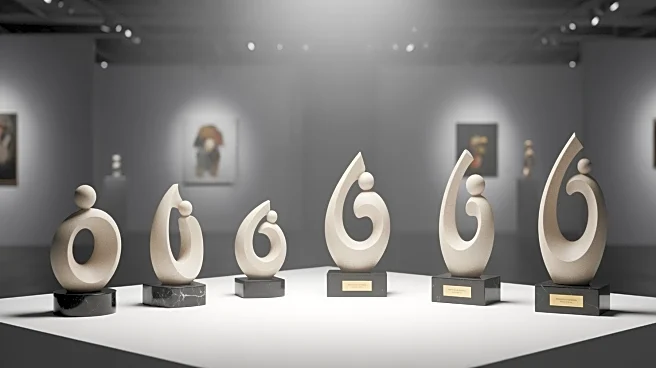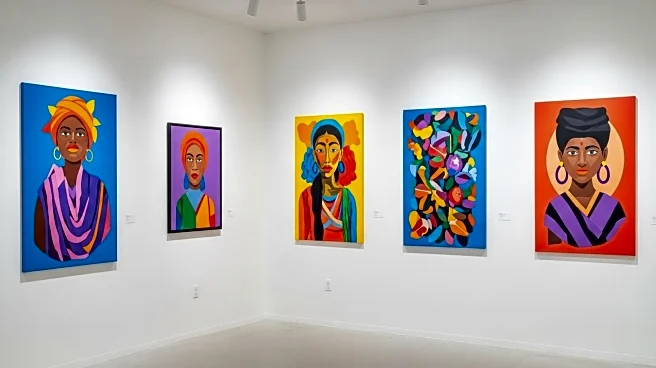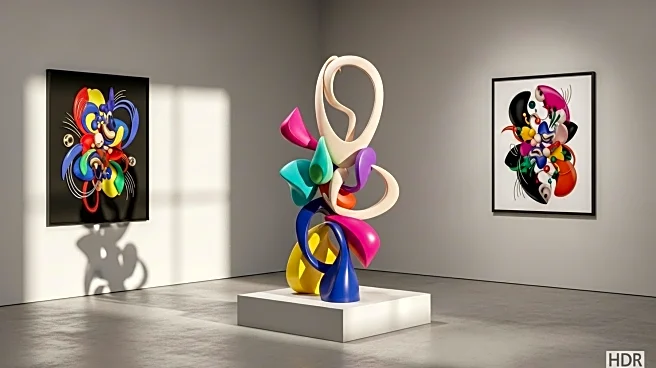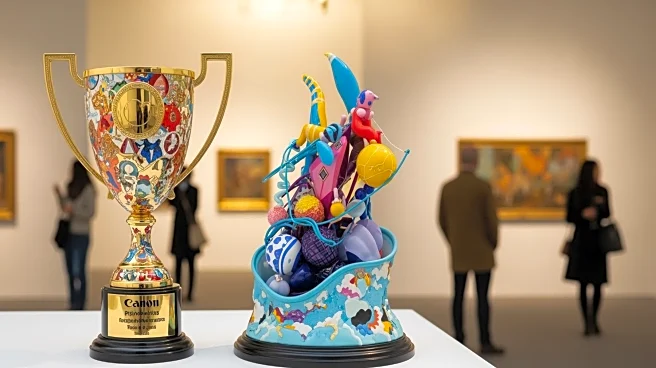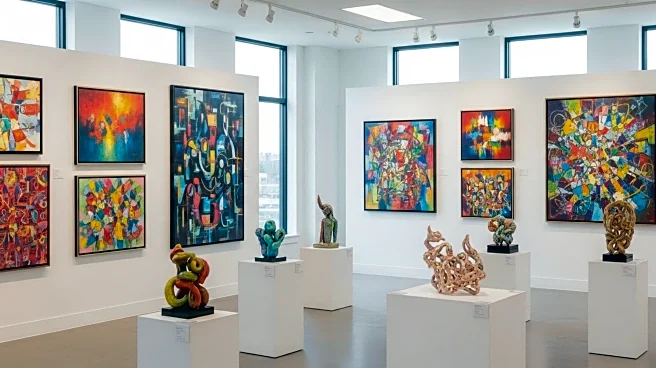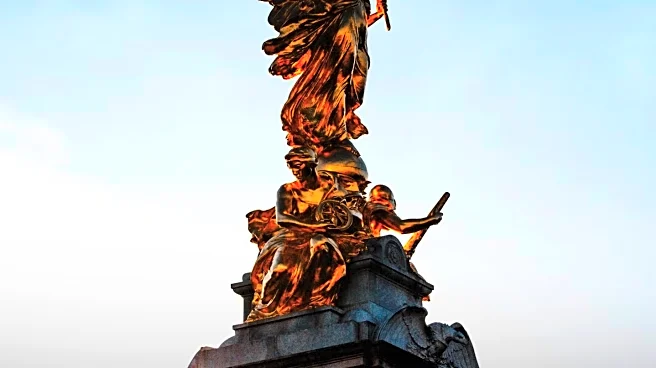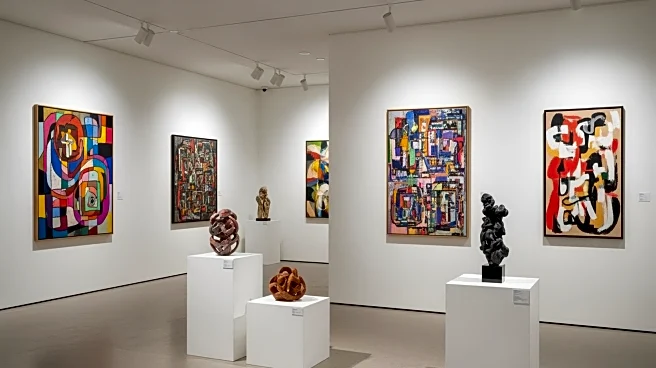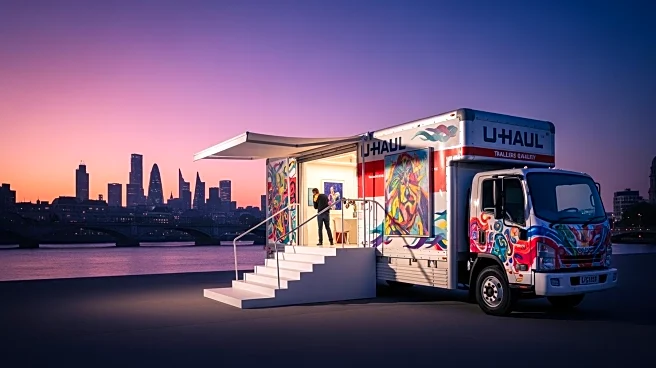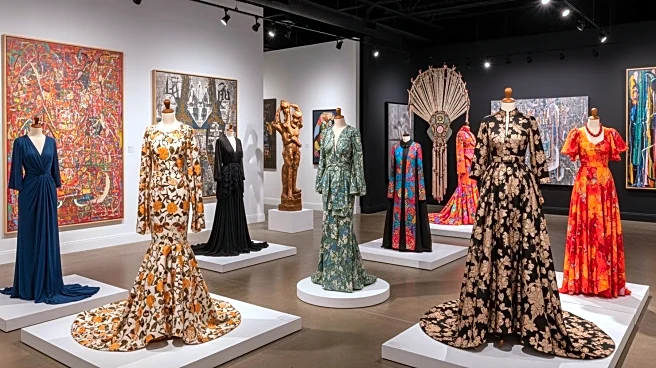What's Happening?
Frieze London has introduced a tiered pricing structure for its art fair stands, aiming to promote diversity among participating galleries. Previously, a flat fee was charged across the main section of the fair, but since 2024, larger booths incur higher
costs per square meter. This year, prices range from £658 per sq. m for XXL stands to £582 per sq. m for smaller booths. The initiative is designed to help galleries transition from the subsidized Focus section to the main section, with reduced costs for smaller booths. The Focus section fee for young galleries has decreased from £338 per sq. m in 2021 to £276 per sq. m in 2025. Additionally, bursaries from brands like Stone Island and Tiffany & Co. further reduce costs for galleries in specific sections.
Why It's Important?
The new pricing model at Frieze London is significant as it aims to foster a more inclusive and diverse art fair environment. By lowering costs for smaller booths, the fair supports emerging galleries in gaining exposure and transitioning to more prominent sections. This approach not only benefits the galleries financially but also enriches the cultural landscape by introducing a wider array of artistic voices. The involvement of brands like Stone Island and Tiffany & Co. in providing bursaries highlights a growing trend of corporate support in the arts, which can lead to sustainable growth for smaller galleries.
What's Next?
As Frieze London continues to implement its tiered pricing structure, it is expected that more galleries will transition from the Focus section to the main section, potentially increasing the diversity and richness of the fair. The ongoing support from corporate sponsors may encourage other brands to participate, further reducing financial barriers for emerging galleries. The fair's success in promoting diversity could influence other art fairs to adopt similar pricing models, potentially reshaping the global art market landscape.
Beyond the Headlines
The tiered pricing strategy at Frieze London may have broader implications for the art market, challenging traditional pricing models and encouraging more equitable participation. This shift could lead to increased representation of underrepresented artists and galleries, fostering a more inclusive art community. Additionally, the involvement of corporate sponsors in subsidizing costs may set a precedent for future collaborations between the art world and private sector, potentially leading to innovative funding models.
